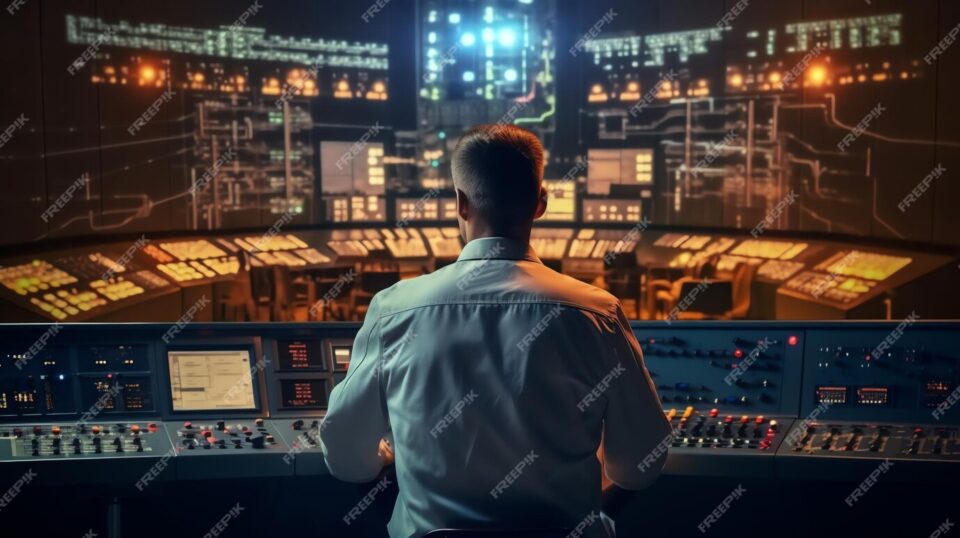In the realm of education, audio-visual systems have emerged as indispensable tools for enhancing learning environments and engaging students in new and innovative ways. From interactive whiteboards to virtual field trips, these systems offer educators powerful resources to facilitate active learning and foster student success. Let’s explore the importance of audio-visual systems in education and their impact on student learning outcomes.
Visual Learning: Engaging Students through Multimedia Content
Visual learning plays a crucial role in knowledge acquisition, with studies showing that visual aids can improve comprehension and retention of information. Audio visual systems enable educators to incorporate multimedia content such as videos, images, and interactive presentations into their lessons, catering to diverse learning styles and enhancing student engagement. Whether it’s a virtual science experiment or a historical documentary, visual stimuli captivate students’ attention and stimulate their curiosity, making learning more enjoyable and effective.
Interactive Learning: Fostering Active Participation
Audio-visual systems empower students to actively participate in the learning process through interactive activities and simulations. Interactive whiteboards, for example, allow students to manipulate digital content, solve problems collaboratively, and explore complex concepts in a hands-on manner. This active engagement promotes critical thinking, problem-solving skills, and teamwork, preparing students for success in an increasingly dynamic and interconnected world.
Access to Diverse Resources: Expanding Learning Opportunities
One of the greatest advantages of audio-visual systems in education is their ability to provide access to a wealth of diverse resources and learning materials. From virtual libraries and online databases to educational videos and multimedia tutorials, these systems offer educators and students unprecedented access to information and knowledge. Whether it’s exploring distant lands through virtual reality or conducting virtual dissections in biology class, audio-visual systems expand learning opportunities beyond the confines of traditional textbooks and classrooms.
Remote Learning: Bridging the Gap
In an era marked by remote and hybrid learning models, home surveillance systems have become essential tools for bridging the gap between educators and students. Video conferencing platforms, screen-sharing technologies, and interactive online platforms enable seamless communication and collaboration, regardless of physical distance. This flexibility ensures continuity of learning and provides students with access to high-quality education, even in challenging circumstances.
Conclusion
Audio-visual systems have revolutionized education by enhancing learning environments, engaging students, and expanding access to diverse resources. From visual learning aids to interactive technologies, these systems empower educators to create dynamic and immersive learning experiences that cater to the needs and preferences of today’s students. As technology continues to evolve, the potential for audio-visual systems to transform education and foster student success is limitless, promising a brighter future for learners around the world.

